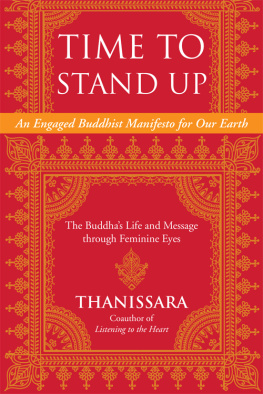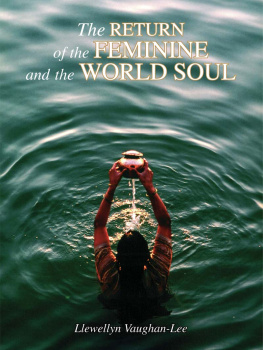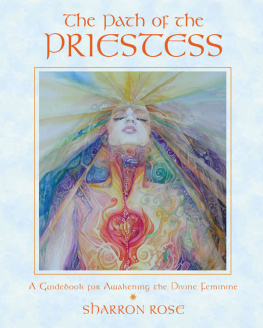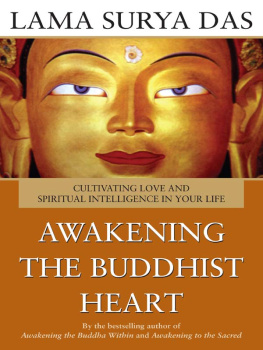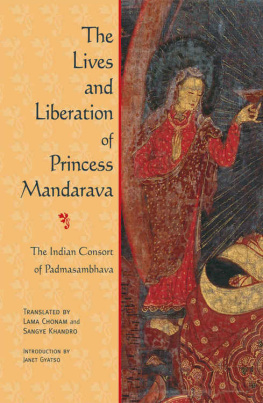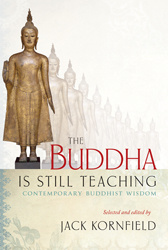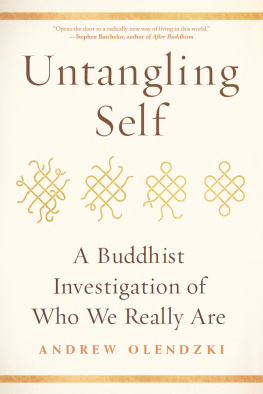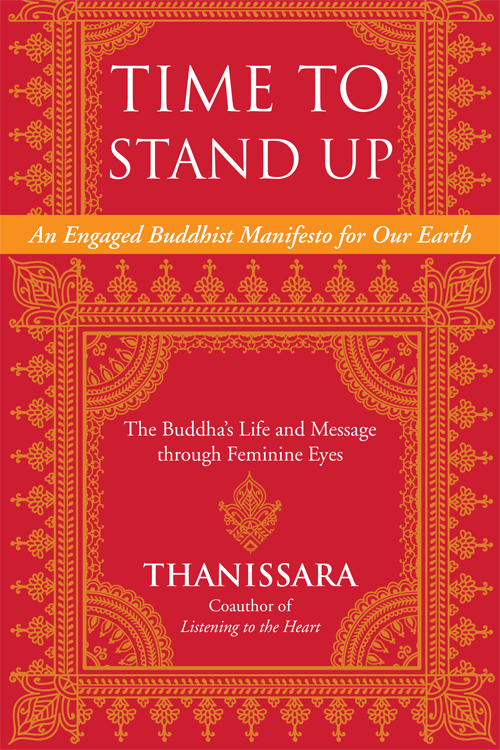Thanissara - Time to Stand Up: An Engaged Buddhist Manifesto for Our Earth—the Buddhas Life and Message Through Feminine Eyes
Here you can read online Thanissara - Time to Stand Up: An Engaged Buddhist Manifesto for Our Earth—the Buddhas Life and Message Through Feminine Eyes full text of the book (entire story) in english for free. Download pdf and epub, get meaning, cover and reviews about this ebook. year: 2015, publisher: North Atlantic Books, genre: Religion. Description of the work, (preface) as well as reviews are available. Best literature library LitArk.com created for fans of good reading and offers a wide selection of genres:
Romance novel
Science fiction
Adventure
Detective
Science
History
Home and family
Prose
Art
Politics
Computer
Non-fiction
Religion
Business
Children
Humor
Choose a favorite category and find really read worthwhile books. Enjoy immersion in the world of imagination, feel the emotions of the characters or learn something new for yourself, make an fascinating discovery.
- Book:Time to Stand Up: An Engaged Buddhist Manifesto for Our Earth—the Buddhas Life and Message Through Feminine Eyes
- Author:
- Publisher:North Atlantic Books
- Genre:
- Year:2015
- Rating:4 / 5
- Favourites:Add to favourites
- Your mark:
Time to Stand Up: An Engaged Buddhist Manifesto for Our Earth—the Buddhas Life and Message Through Feminine Eyes: summary, description and annotation
We offer to read an annotation, description, summary or preface (depends on what the author of the book "Time to Stand Up: An Engaged Buddhist Manifesto for Our Earth—the Buddhas Life and Message Through Feminine Eyes" wrote himself). If you haven't found the necessary information about the book — write in the comments, we will try to find it.
Vital is an investigation into the pinnacle of Buddhist practice, the realization of the liberated heart. Thanissara questions the narrative of transcendence and invites us into the lived reality of our deepest heart as it guides our journey of healing, reclamation, and redemption. As the book unfolds, the author examines traditional Buddhismoften fraught with gender discriminationand asks the important question, Can Buddhist schools, overly attached to hierarchal power structures, and often divorced from the radical and free inquiry exemplified by the Buddha, truly offer the ground for maturing awakening without undertaking a fundamental review of their own shadows?
Chapter by chapter, the book relates Siddhartha Gautamas awakening to the sea-change occurring on Earth in present time as we as a civilization become aware of the ethical bankruptcy of the nuclear and fossil fuel industry and the psychopathic corporate and military abuse of power currently terrorizing our planet. Thanissara relates the Buddhas story to real-life individuals who are living through these transitional times, such as Iraq war veterans, First Nation People, and the Dalai Lama. Time to Stand Up gives examples of the Buddhas activism, such as challenging a racist caste system and violence against animals, stopping war, transforming a serial killer, and laying down a nonhierarchical structure of community governance, actions that would seem radical even today.
Thanissara explores ways forward, deepening our understanding of meditation and mindfulness, probing its use to pacify ourselves as the cogs in the corporate world by helping people be more functional in a dysfunctional systemsand shows how these core Buddhist practices can inspire a wake-up call for action for our sick and suffering planet Earth.
About the Sacred Activism series
When the joy of compassionate service is combined with the pragmatic drive to transform all existing economic, social, and political institutions, a radical divine force is born: Sacred Activism. The Sacred Activism Series, published by North Atlantic Books, presents leading voices that embody the tenets of Sacred Activismcompassion, service, and sacred consciousnesswhile addressing the crucial issues of our time and inspiring radical action.
Thanissara: author's other books
Who wrote Time to Stand Up: An Engaged Buddhist Manifesto for Our Earth—the Buddhas Life and Message Through Feminine Eyes? Find out the surname, the name of the author of the book and a list of all author's works by series.

